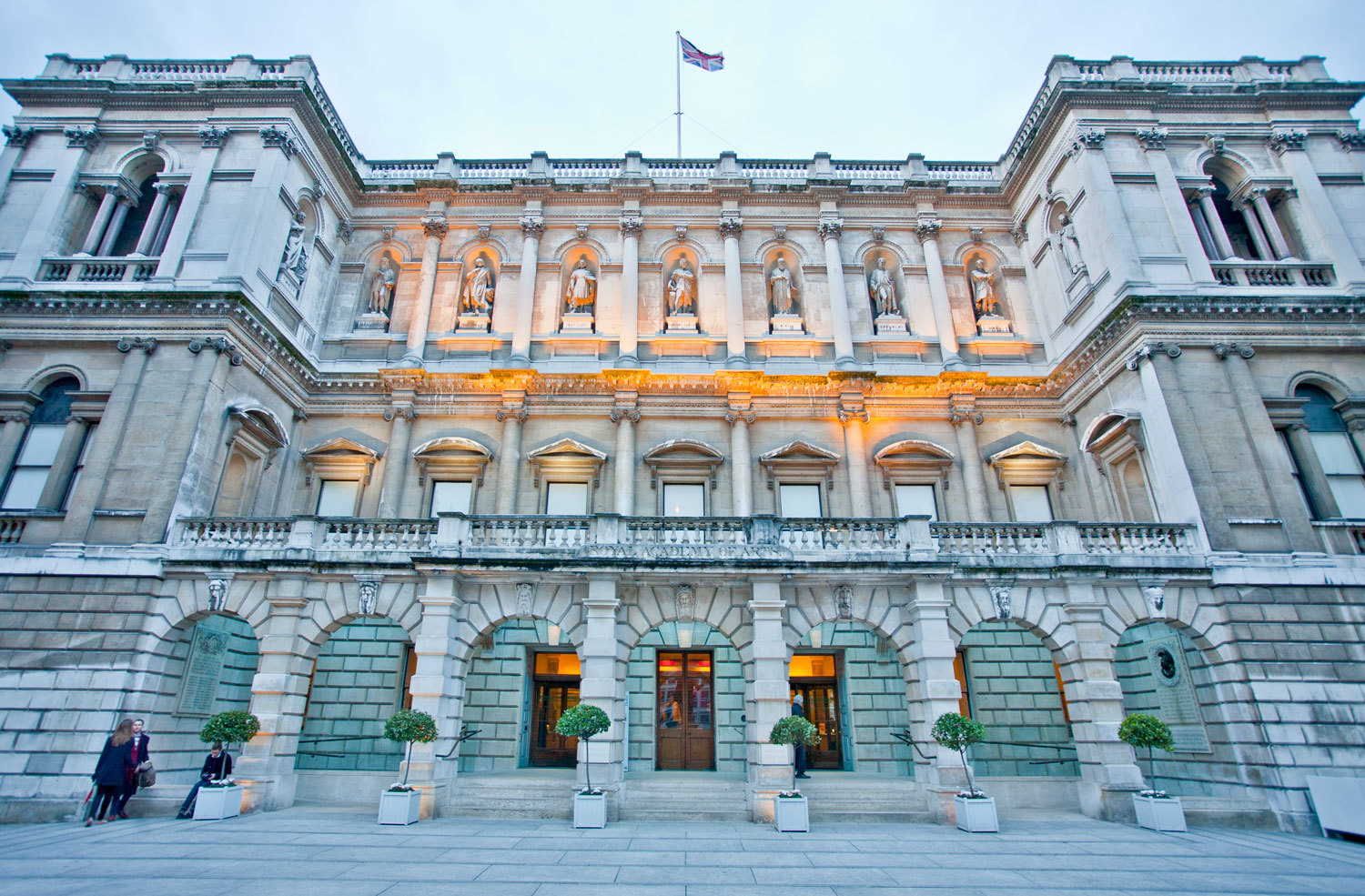 |
| George IV, 1826. Marble, approx. 31.5 x 23 x 11." Sir Francis Chantry. Author photo. |
 |
| Jane Austen, Emma: a novel in three volumes, 1816. Royal Collection Trust / (c) Her Majesty Queen Elizabeth II 2019 |
 |
| George Stubbs, George IV (1762-1830) when Prince of Wales, 1791. ca. 40.5 x 50." Royal Collection Trust (c) Her Majesty Queen Elizabeth II 2019. |
 |
| Robert Seymour, The Great Joss and his Playthings, c.1829. Royal Collection Trust. (c) Her Majesty Queen Elizabeth II 2019. |
 |
| Jan Steen, A Woman at her Toilet, 1663. Royal Collection Trust / (c) Her Majesty Queen Elizabeth II 2019 |
Only royal or imperial riches could assemble the treasures displayed in Art & Spectacle; even if he acquired much at discount. George was a committed Francophile when the French aristocracy was trying to save itself in the aftermath of the French Revolution and after the fall of Napoleon's Empire. George was glad to relieve them of their Dutch Masters paintings and exquisite porcelains a bon marche. He acquired Napoleon's Table of the Great Commanders of Antiquity, Sevres porcelain and gilt bronze, on which he significantly rests his hand in the 1821 Sir Thomas Lawrence royal portrait.
 |
| Sir Thomas Lawrence, George IV (1762-1830), 1821. Ca. 116" x 81." (c) Her Majesty Queen Elizabeth II 2019. |
George IV, least loved of monarchs,
created through his imagination and desire a phenomenal material legacy. To amass such treasure to fill his sequence of new palaces required dreaming and acquisition of knowledge on a prodigious scale. Study and imagination on that level are among the capacities and the gifts of great wealth, whatever their follies or crimes.
 |
| Adam Weisweiler (1744-1820), Detail of a commode, 1785-90. Oak, ebony, hard stones, tortoiseshell, brass, pewter, mahogany, boxwood, purplewood, gilt bronze, brocatello marble. Author photos. |
 |
| Rundell, Bridge & Rundell, The Diamond Diadem, 1820-1. Royal Collection Trust / (c) Her Majesty Queen Elizabeth II 2019 |
My mind several times returned to the United States while I viewed this exhibition, for I was bound to contemplate not only the heart-stopping art, but the riches behind it, almost unfathomable to most Americans. We do not have a national treasury supporting royal collectors; our government is, in the best of times, a reluctant and penurious supporter of any arts. That a national collection would have been assembled on tax dollars in the U.S. is a risible notion.
 |
| Alfred Edward Chalon (1780-1860), Princess Charlotte of Wales (1796-1817), Princess of Saxe-Coburg-Saalfeld, ca. 1817-1819. Oil on panel, ca. 30" x 25." Author photo. |
 |
| Rembrandt van Rijn, The Shipbuilder and his Wife: Jan Rijcksen and his Wife, Griet Jans, 1633. Royal Collection Trust / (c) Her Majesty Queen Elizabeth II 2019. |
Our National Gallery of Art, similarly, was founded with the philanthropy of the Mellons, American "royalty." Were the Mellon Bank, Chevron, Gulf Oil, and Alcoa benevolent institutions? Was Mellon money cleaner than Sacklers'? Did it do less damage than BP's has done to the National Gallery in London? Where are the “pure” capitalist donors for public
institutions? Shall museum directors in the future administer ethics quizzes to potential donors while righteous crowd-funding attempts to fill the gaps left by the defection of the monied?
Americans are very uncomfortable with extraordinary wealth, whatever it accomplishes, much of which we find distasteful and wasteful—as George IV's people did his. Particularly at this moment, income inequality is an urgent issue in our country.The opioid crisis highlights the chasm between very wealthy capitalists and those whose lives are bearable only when they are relieved of feeling, and OxyContin is the perfect emblem of this class stress.To contort this issue of economic injustice into one that undermines the future of public art collections is a mistake.
The blood that inevitably stains capitalist hands does not prevent them from giving. And to refuse gifts out-of-hand from the compromised super-rich will create gaps in public collections that future museum-goers will consider the result of whimsical, moralistic excesses from a brief, high-minded historical movement. To ask whether it's right to place the Sacklers' gifts and name in a museum is
reasonable: Ask those questions of every donor in a context of thorough and on-going ethical
study within the museum.
Ethics is a practical, everyday study that should be considered without haste, accounting for the complexity of the institution and the interests of everyone with stakes in it. Ethics takes a long look to make decisions in the present. Though a museum doesn't exist only in the present, it legitimately can be where topical expression flourishes. In the museum, the opioid crisis can be witnessed by Nan Goldin and the many other artists affected, if they truly believe in the power of their art. When the institution itself becomes an actor in a drama unrelated to its central missions of presenting and collecting art (exceptions: Is it art to be returned to a rightful owner? Was the building built with slave labor?), it is depriving current and future art-goers of a growing collection.
George
IV may have been a despicable king, but we note it on the labels, while
we stand in awe before his collection, enthralled by what he left us. In the next century and the one after that, may viewers have the choice to read about or to ignore the footnoted opioid crisis of 2020, while their eyes feast on the Sacklers' shared legacy of great art?
_______________________________________
https://www.standard.co.uk/go/london/arts/george-iv-art-and-spectacle-review-queens-gallery-a4285991.html
https://www.culturewhisper.com/r/visual_arts/george_IV_art_and_spectacle_buckingham_palace_exhibition/14426
https://www.theguardian.com/us-news/2019/feb/10/anti-opioid-protesters-target-new-yorks-guggenheim-over-sackler-family-link


